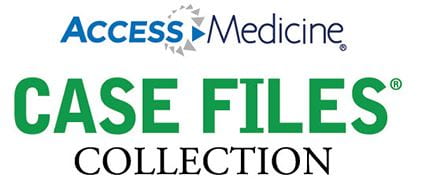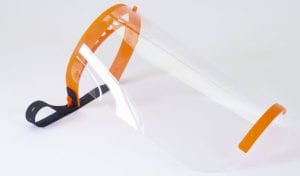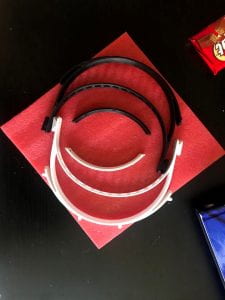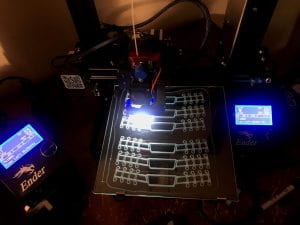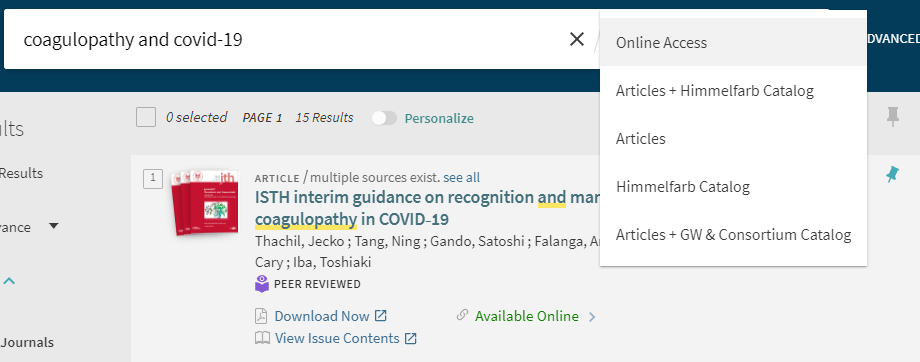
In Wednesday’s blog post we shared Himmelfarb Library’s electronic clinical case study resources to incorporate in your online instruction. Today we’d like to share some of the electronic question banks Himmelfarb provides access to. While Himmelfarb provides access, in order to unlock all features you must create a personal account. Instructions for doing so are provided.
Exam Master Medical Subject Review provides over 9,000 questions and explanations to prepare for the USMLE Steps 1, 2, and 3. Exam Master tries to emulate the board exams, helping students build confidence by identifying strengths and improving on weaknesses. In order to use Himmelfarb’s Exam Master, you must make a free Exam Master account, then access Exam Master while on campus or when logged in to the VPN.
USMLEasy offers questions and answers to prepare for Steps 1, 2 CK, and 3. Their customization feature allows you to select topic coverage and the number of questions. You’re also able to annotate exam questions and answers. In order to access USMLEasy, access the webpage through the provided link and create a personal profile.
BoardVitals provides test banks for NBME Shelf Exams in seven different medical subjects. Features include timed test conditions, study tips, and individualized study recommendations based on practice test performance. In order to register, connect via the VPN and create an account at the link provided. After you’ve logged in once while connected to the VPN, you’ll be able to access your account from anywhere.
PA Exam Prep offers practice questions for PANCE and PANRE, as well as customizable features like topic coverage, number of questions, and annotation. In order to unlock these customizations, create a free account at the provided link.
For additional online instruction resources, check out Himmelfarb’s Online Instruction Research Guide. Our librarians are happy to assist with any questions you might have as well. Email us at himmelfarb@gwu.edu, or connect via our Ask Us chat.

